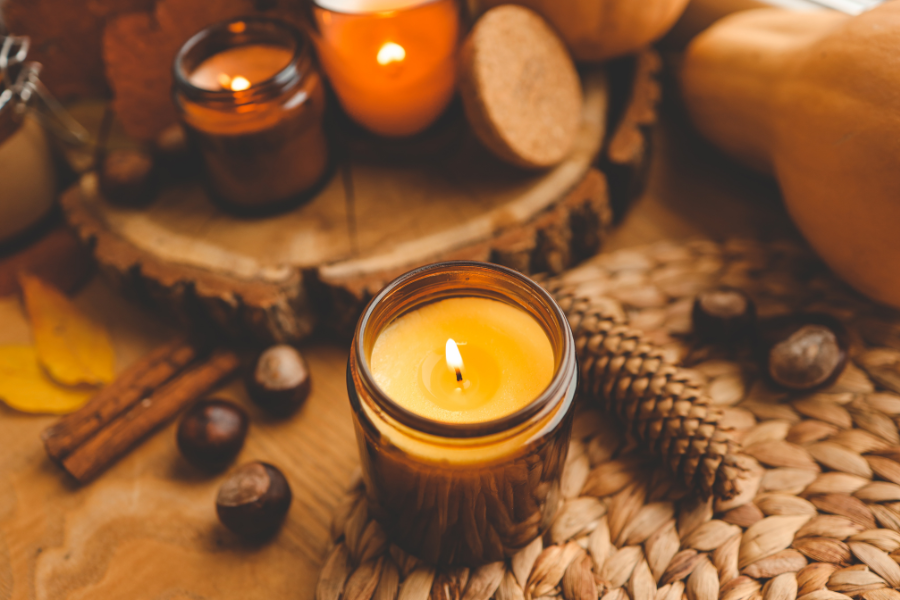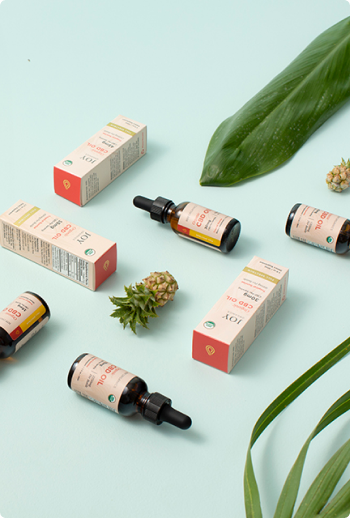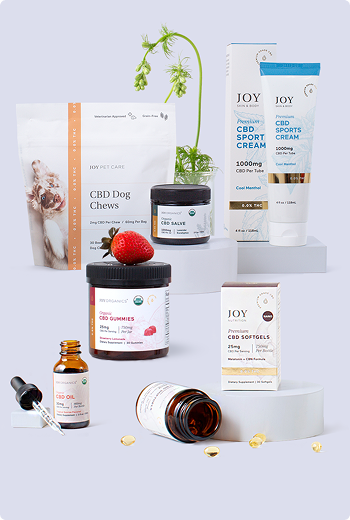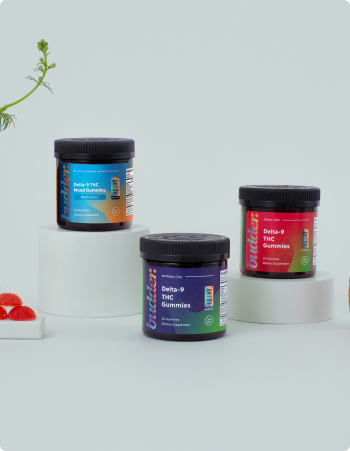The first chill of fall has arrived, and with it comes cozy evenings indoors, warm blankets, and the soft glow of a candle flickering on the table. There’s something about autumn that makes lighting a scented candle feel almost essential: the comfort of pumpkin spice, cinnamon, or vanilla filling the room as the days grow shorter.
A friend of mine loved burning candles. The warm glow, the cozy scents; her house always felt inviting. But one day, while changing her air filter, I noticed it was unusually dark. At first, I worried it might be mold. When I looked into it, I discovered the most likely culprit wasn’t mold at all; it was candles. Suddenly, it clicked: the same candles that made the space feel comforting were also leaving behind residue that wasn’t so harmless.
As we settle into fall, it’s the perfect time to look closer. In this article, we’ll explore why conventional scented candles may not be the healthiest choice, clear up common misconceptions about “natural” labels, and share safer, more natural alternatives that can bring the same autumn comfort, without the hidden downsides.
The Appeal of Scented Candles
Candles have a certain magic. Light one, and suddenly a room feels softer, calmer, more inviting. For many, it’s not just about fragrance; it’s a small ritual that signals a shift from busy to relaxed, from day to night.
They also carry emotional weight. A candle can mark the start of a quiet evening at home, add intimacy to a gathering, or create a sense of comfort after a long day. That simple act of lighting a wick can feel grounding, almost meditative.

It’s easy to see why candles are a staple in so many homes. They offer a quick way to slow down, set the mood, and make any space feel welcoming. But while their appeal is obvious, the ingredients inside the average scented candle often go unquestioned.
What’s Hiding in Conventional Scented Candles
They may look harmless on the shelf, but many scented candles are more chemistry experiment than cozy companion. Here’s what’s usually inside:
Synthetic Fragrances
That “pumpkin spice” scent didn’t come from a pumpkin patch. Most candle fragrances are made from petroleum byproducts, and companies aren’t required to list what’s actually in them. When burned, they can release volatile organic compounds (VOCs) into the air, the same category of pollutants found in household cleaners and paints. For sensitive people, that can mean headaches, allergies, or respiratory irritation.
Paraffin Wax
One of the most common bases for candles is paraffin wax, which is derived from petroleum. When it burns, it produces soot that can cling to walls, ceilings, and even your lungs. Think of it like secondhand smoke for your living room. Studies have raised concerns about how paraffin affects indoor air quality, which isn’t exactly the vibe you want when you’re winding down at home.
Chemical Additives
Candles don’t just contain wax and fragrance. Stabilizers, dyes, and preservatives are often added to extend shelf life and make the product look more appealing. The problem is that labels rarely tell the whole story. Many of these additives don’t have to be disclosed, leaving you in the dark about what you’re actually burning.
Health and Environmental Concerns
When you strike a match, you’re not just lighting a wick; you may be filling your home with pollutants you didn’t bargain for.
Respiratory Irritation & Hormone Disruption
Burning candles with synthetic fragrances can release volatile organic compounds (VOCs) and phthalates into the air. The EPA has noted that VOC exposure indoors may lead to respiratory irritation, headaches, and other short-term health effects, while studies referenced by the NIH point to phthalates as potential endocrine disruptors that interfere with hormone balance.
Indoor Air Pollution
It’s easy to forget that your home is a closed environment. Light a few paraffin-based candles in an unventilated room, and you’re effectively raising the levels of indoor air pollutants. The EPA has even compared soot from paraffin wax to the particulate matter produced by diesel engines, and that’s not something you want circulating where you sleep.
Environmental Impact
Beyond your living room, there’s also the planet to consider. Paraffin wax is petroleum-derived, meaning it comes from nonrenewable fossil fuels. Add in the dyes, stabilizers, and preservatives that many candles rely on, and you’ve got products that carry an environmental footprint far heavier than their size suggests.
Common Misconceptions About “Natural” Candles
Walk into any home goods store and you’ll see plenty of candles marketed as “natural,” “green,” or even “aromatherapy.” Unfortunately, those words don’t always mean what you think.
Loose Labels
Unlike food or supplements, the terms “natural” and “green” aren’t tightly regulated in the candle industry. A candle can be branded with earthy packaging and wellness buzzwords while still containing synthetic fragrance oils and chemical additives.

Soy & Beeswax Candles
Yes, soy and beeswax are better alternatives to paraffin, but don’t assume that makes the whole candle safe. Many “soy candles” still blend in paraffin wax or use synthetic fragrance oils to keep costs down. Similarly, beeswax candles may be paired with chemical dyes or additives that take away from their clean reputation.
The “Unscented” Myth
Even unscented candles can be misleading. Some manufacturers add masking chemicals to neutralize odor from the wax itself, meaning you may still be burning synthetic compounds, just without the obvious fragrance.
The bottom line: unless a brand is transparent about its full ingredient list, “natural” is often more of a marketing term than a guarantee.
Healthier Alternatives to Scented Candles
Giving up conventional candles doesn’t mean giving up a cozy home. You can still set the mood, just without the hidden toxins.

Essential Oil Diffusers
Ultrasonic and nebulizing diffusers disperse pure essential oils into the air, offering natural scents without synthetic chemicals. You get the aroma, plus the potential wellness benefits of oils like lavender, eucalyptus, or citrus.
-
Pumpkin Spice: A few drops each of clove, cinnamon, nutmeg, and ginger essential oils.
- Crisp Apple: Combine sweet orange and cinnamon bark with a hint of clove for that orchard-fresh vibe.
Simmer Pots: A Cozy Alternative
For a DIY approach, simmer pots are a fall favorite. Just add water, fruit peels, spices, or herbs and let them bubble away on the stove.
-
Apple & Cinnamon: Slice apples and simmer with cinnamon sticks, cloves, and a splash of vanilla.
- Williams Sonoma Signature Recipe: 3 rosemary sprigs, 1 sliced lemon, 2 tsp vanilla extract, thyme sprigs, and 1–2 cinnamon sticks. Add to a pot of water and let it gently simmer, topping off as needed.
Houseplants
Certain plants, like peace lilies, snake plants, and jasmine, can help filter indoor air and add a gentle, natural fragrance. Plus, they bring a calming dose of greenery to your space.
How to Choose Safer Options
Not all candles are created equal, and the right label can help you separate the clean from the questionable. Here’s what to look for when shopping:
Wax Type
Choose candles made from beeswax, soy, or coconut wax. These burn cleaner and come from renewable sources, unlike paraffin, which is petroleum-based.
Wick Type
Go for cotton or wood wicks. Avoid any candles with metal-core wicks, which can release harmful metals when burned.
Scent Source
Look for products scented only with 100% essential oils. Skip anything that just says “fragrance” or “parfum,” since those terms often mask synthetic blends.
Certifications
Labels like USDA Organic or EcoCert provide added assurance that the ingredients meet rigorous safety and sustainability standards. When in doubt, transparency is key. Trustworthy brands openly share their ingredient lists and testing information.
Tips for Creating a Healthy Atmosphere at Home
Ventilation Matters
Whenever you burn anything, even clean candles, crack a window to keep fresh air flowing. Good airflow helps reduce buildup of indoor pollutants.

Light Naturally
Set the mood with soft alternatives to synthetic fragrance. Try a salt lamp, dimmable LEDs, or the natural glow of a fireplace for warmth and ambiance.
Pair Scents with Rituals
Tie aromas to calming moments in your day. Add essential oils to a diffuser while sipping tea, or toss herbs into your bath for a spa-like experience. This anchors relaxation to natural scents instead of artificial ones.
Reframe Ambiance
A cozy home isn’t built on products alone. Think rituals, lighting, and atmosphere — elements that bring comfort without relying on synthetic fragrances.
You don’t have to give up cozy nights or the warm glow of candlelight — you just need to be mindful about what you bring into your home. By choosing safer alternatives, you get all the ambiance without the hidden risks.
The benefits are clear: cleaner air, healthier ingredients, and more sustainable choices that align with the way you want to live. Whether it’s beeswax candles, essential oil diffusers, or a simmer pot bubbling on the stove, there are plenty of ways to make your space feel inviting.
So this season, skip the conventional scented candles and try something cleaner. Your home, your health, and even the planet will thank you.













Join in on the Conversation
Your email address will not be published. Once your comment is approved, it will be published.